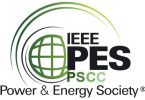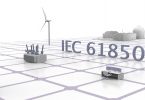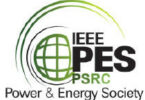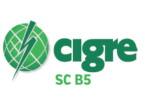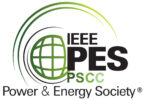Report of Working Group K15 of the Substation Protection Subcommittee
by IEEE PES PSRC K15 Working Group
The changes in the electric power industry caused by the transition towards a smarter grid, penetration of renewable distributed energy resources, developments in computer and communications technology, as well as the global acceptance of IEC 61850 are creating an environment that requires the protection, automation and control industry to have a fresh look at the strategies that can help meet the different challenges. To address these challenges and to explore the use of advanced technologies, the IEEE PES Power System Relaying and Control Committee formed a working group with the task to prepare a report describing and analyzing the state-of-the-art technologies for centralized protection and control (CPC) in substations.
The report starts with a brief review of the history of the protection and control of electric power systems. It covers the more than 100 years of protective relaying – starting with electromechanical relays, followed by solid-state and microprocessor-based devices. The further developments were related to advancements of communications technology, as well as the publication of the family of IEC 61850 standards.
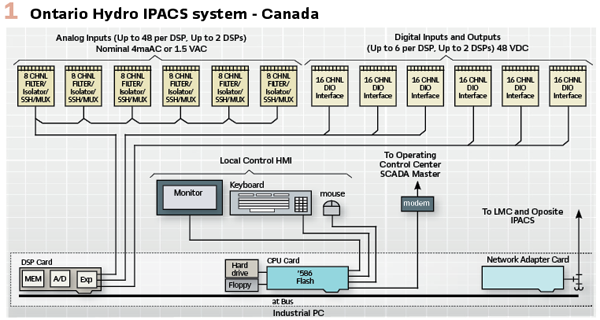
The next sections of the report look at the evolution of manual and automatic control, followed by a brief analysis of the development of protection and control related communications technologies.
All these developments have resulted in the emergence of the concept of Centralized Protection and Control (CPC), which has been implemented in different versions by several utilities around the world.
The next chapter considers the development of the Smart Grid and the resulting changes in the characteristics of the electric power system. The changing requirements for more efficient and adaptive protection and control systems can be met by the high levels of functional integration achieved in centralized protection and control systems.
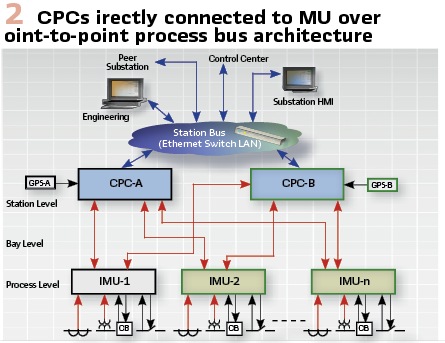
Chapter 4 of the report is dedicated to centralized protection and control within a substation. It starts with a comparison between traditional and centralized approach. It considers several aspects – asset management, maintenance, security, interoperability and station master interface. This is followed by the analysis of the existing technologies which support the development and implementation of centralized protection and control systems:
- Optical current and voltage sensors with digital interface
- Rogowski coils as current sensors
- IEC 61850 based merging units
- Remote I/O and process interface units or devices
- Intelligent merging unit
- High-performance computing platform
- Advancements in communication technology including redundant communication protocols
- Advancements in time synchronization technology
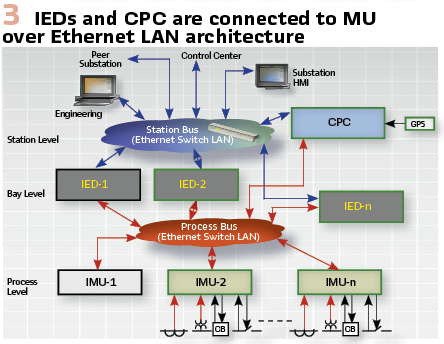
As a result of all of the above developments it is possible to implement different centralized protection and control architectures, which are described in the next section of this chapter:
- With IEDs as process interface devices and some centralized functionality
- With different types of process interface devices communicating with IEDs and some centralized functionality
- With intelligent merging units as the process interface devices communicating directly with redundant centralized protection and control devices
- Similar to the above but with a combination of IEDs and CPCs
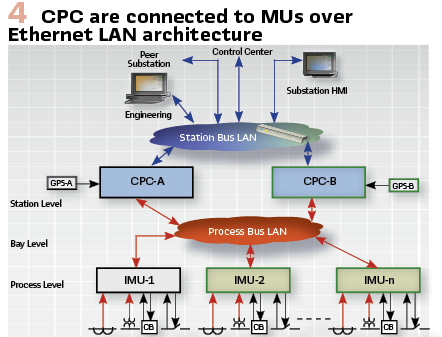
A more detailed example of the last architecture is included.
The following section is dedicated to the communications architecture for the CPC. Different variations are possible using PRP, HSR or their combination.
A reliability and cost analysis of the different architectures is included in the next section of this chapter.
The next section of Chapter 4 discusses the testing and maintenance aspects of CPC, such as:
- Elements to test
- Acceptance testing
- Commissioning testing
- Maintenance testing
- Troubleshooting
The last section of the chapter is dedicated to advanced applications, such as detection of hidden failures, data analytics and distributed asset management.
Chapter 5 describes in detail a 110/10 kV substation pilot project in Russia.
The goals of the project are to identify an optimal system architecture, methods and approaches under real life conditions.
Sampled values with both 80 and 256 samples/cycle according to IEC 61850-9-2 LE are used in a hardware-independent software-based PAC system architecture.
Chapter 6 of the report discusses some of the emerging and future applications of centralized systems for protection and control, such as:
- Dynamic state estimation-based protection
- Pattern recognition and classification-based protection
- Wide area protection
- Time synchronization-based protection and control
Working Group K15 Infrastructure:
Ratan Das, Chair
Mital Kanabar, Vice-chair
Working Group Members:
Mark Adamiak, Alex Apostolov, Galina Antonova, Sukumar Brahma, Mohammad Dadash Zadeh, Rich Hunt, Jack Jester, Mladen Kezunovic, Mike Kockott, Ljubomir Kojovic, Raluca, Lascu, Yuan Liao, Yuri Luskind, Vahid Madani, A.P. (Sakis) Meliopoulos, René Midence, Paul Myrda, Anderson Oliveira, Joshua Park, Craig Preuss, Qun Qiu, Mohindar Sachdev, Ilia Voloh, and Joe Xavier



